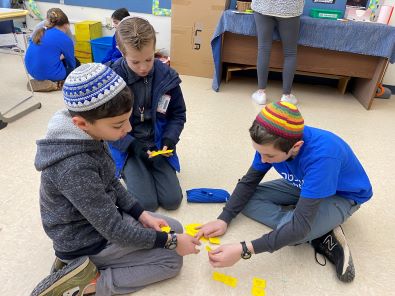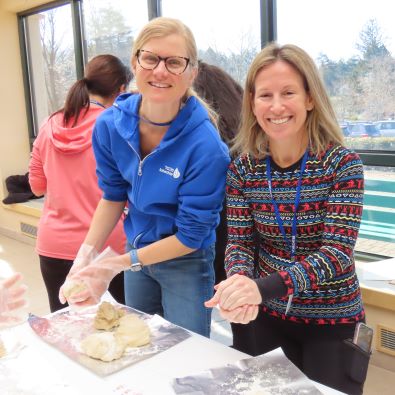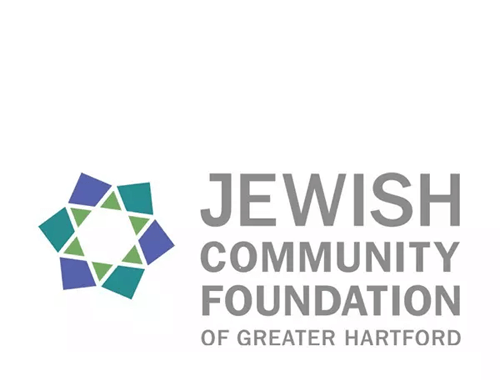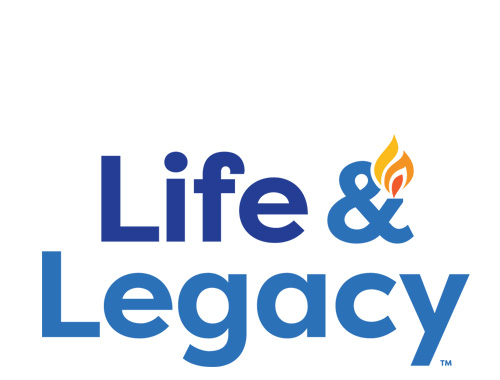Schechter Shavua: March 15, 2024
Under Construction: Alim’s Geometry Town
 Welcome to Alim'sGeometry Town! Third and fourth graders used rulers and protractors to build their own cities, streets, and buildings based on geometry units. Students picked their own theme for their cities and named their towns related to the math units. Armed with their colored pencils and boundless imaginations, they got started right away! They excitedly built triangle buildings, decagons, acute angles, and so much more! We cannot wait to see their final products!
Welcome to Alim'sGeometry Town! Third and fourth graders used rulers and protractors to build their own cities, streets, and buildings based on geometry units. Students picked their own theme for their cities and named their towns related to the math units. Armed with their colored pencils and boundless imaginations, they got started right away! They excitedly built triangle buildings, decagons, acute angles, and so much more! We cannot wait to see their final products!
Click HEREfor photos of Math at Schechter
Math Concepts Come to Life in Nevatim
 Nevatim 5th grade math students have begun learning about decimals up to the thousandths place. In groups of threes, they were given a stack of decimal cards and had to arrange them in numerical order. This helped students demonstrate their knowledge of place value as well as the concept that with decimals, a longer number doesn't always mean bigger! When their number line was reviewed for accuracy, they got to play a decimal version of the card game "War."
Nevatim 5th grade math students have begun learning about decimals up to the thousandths place. In groups of threes, they were given a stack of decimal cards and had to arrange them in numerical order. This helped students demonstrate their knowledge of place value as well as the concept that with decimals, a longer number doesn't always mean bigger! When their number line was reviewed for accuracy, they got to play a decimal version of the card game "War."
Nevatim 6th graders learning pre-algebra use algebra tiles to model algebraic expressions. The tiles help them to learn how to combine like terms in algebraic expressions, to make sense of the expressions, and to begin learning how to simplify them.
Click HEREfor photos of Math at Schechter!
Braiding Together a Strong Schechter Kehillah
 A lively group of Schechter parents gathered recently to share in the experience of braiding challah. Thanks to the parent volunteers who prepared the dough the day before, the group began a variety of braiding designs after ReLiSh had ended. Parents bonded as the more experienced challah makers assisted novices. It was a delicious and fun way to prepare for Shabbat and get to know other Schechter parents.
A lively group of Schechter parents gathered recently to share in the experience of braiding challah. Thanks to the parent volunteers who prepared the dough the day before, the group began a variety of braiding designs after ReLiSh had ended. Parents bonded as the more experienced challah makers assisted novices. It was a delicious and fun way to prepare for Shabbat and get to know other Schechter parents.
Click HEREto see photos of Bonding over Bread!
Parashat Pekudei—When Parts Make a Better Whole
 Have you ever gathered a bunch of great friends—only to find that they just didn’t click together? Or bought some clothes that you thought would make a sharp outfit—but when you put them on together, they just didn’t work? These things happen; sometimes, parts that are good individually aren’t as good when they’re put together.
Have you ever gathered a bunch of great friends—only to find that they just didn’t click together? Or bought some clothes that you thought would make a sharp outfit—but when you put them on together, they just didn’t work? These things happen; sometimes, parts that are good individually aren’t as good when they’re put together.
This week, we read the conclusion of the parashot that detail the construction of the mishkan, the desert sanctuary. It contains three nearly-identical verses:
- (Ex. 39:32) Thus was completed all the work of the Tabernacle of the Tent of Meeting. The Israelites did so; just as the Lord had commanded Moses, so they did…
- (42) Just as the Lord had commanded Moses, so the Israelites had done all the work.
- (43) And when Moses saw that they had performed all the creative labor—as the Lord had commanded, so they had done—Moses blessed them. (adapted from NJPS translation)
“All the work.” “As the Lord commanded.” “The Israelites did.” Three times in twelve verses, we read the same words, combined in slightly different ways. The first two might be understood as an inclusio, a common Biblical literary device in which a passage is bookended by similar phrases. But what about the third?
Rabbi Ephraim of Luntschitz, in his commentaryK’li Yekar, notices a key difference in the third verse: “work”(avodah) becomes “creative labor” (melakhah) , and only in this verse does Moses offer a blessing. He offers a beautiful interpretation, based on the many similarities between the construction of the mishkan and the creation of the world. On almost every day of the six days of Creation, after each individual act of making, “God saw that it was good.” But after the world is complete, the Torah says that all of God’s melakhah (creative labor) was very good, tov me’od . Why the heightened praise? The K’li Yekar’s answer: because all the individual elements came together in a beautiful whole.
Here too, says the K’li Yekar, the reason Moses offered a blessing in the third verse was because the first section, verses 32-42, refers to all of the individual objects. They represent work; they were made as instructed; they were individually good. In contrast, he writes, verse 43 refers to the way that each individual curtain, tent-pole, and menorah came together in a glorious whole.
We too, as good as we may be as individuals, are more beautiful when we gather as a community. Two of our five core values, Kehillah (Community) and K’lal Yisrael (the Unity of the Jewish People) highlight our pride in our diversity, in the ways we combine as unique people to form a cohesive whole. And Schechter’s Ner Tamid Gala is only weeks away! It will be a wonderful chance to honor our connection to Israel, our current shlihot(emissaries), and the women who brought Israeli emissaries to Greater Hartford for years and years. The more of us there at Ner Tamid, the more we will truly merit blessing as a community. I hope to see you there!
Shabbat shalom,
Rabbi Jonathan Berger
Head of School
Solomon Schechter Day School
of Greater Hartford
26 Buena Vista Road
West Hartford, CT 06107
© Solomon Schechter Day School of Greater Hartford | Site design Knowles Kreative




